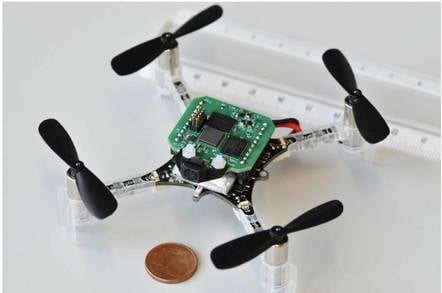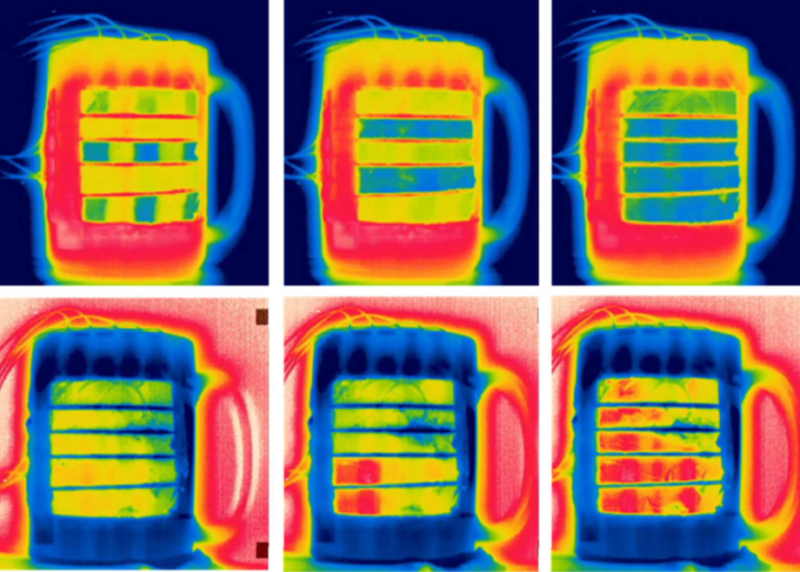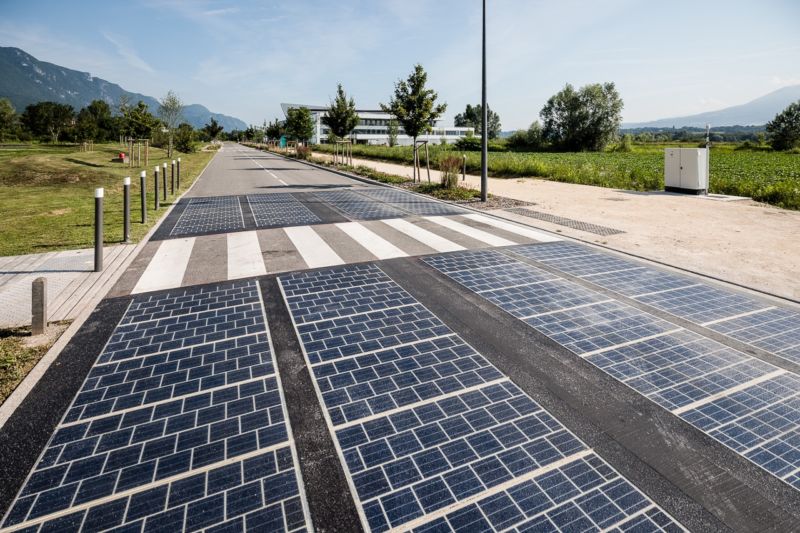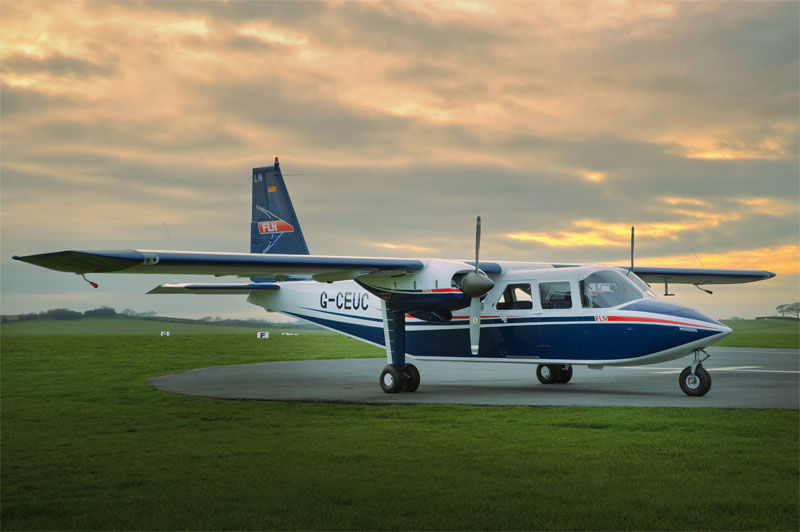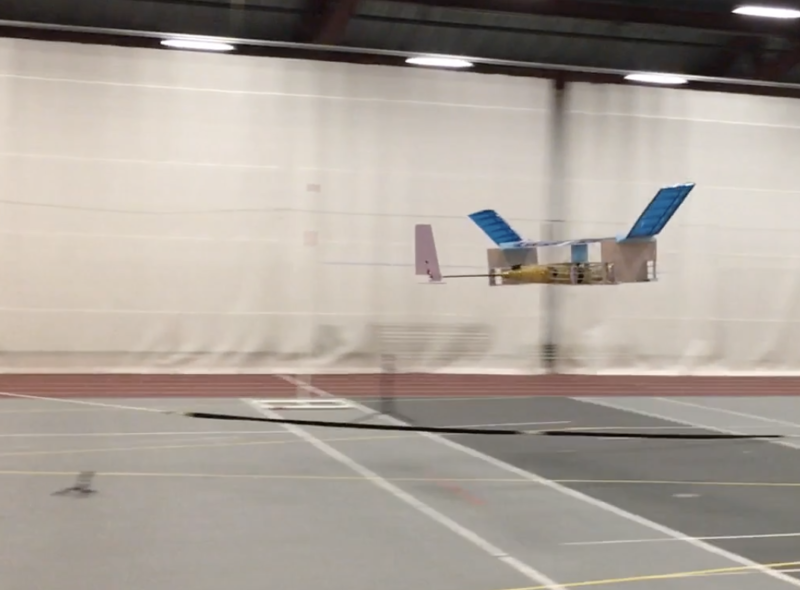- Joined
- Apr 1, 2005
- Messages
- 10,310
- Reaction score
- 6,260
Thought I'd start a new thread to group together emerging technologies, upcoming gadgets and the like.
I'll kick it off with this article on Google Maps upcoming augmented reality implementation. No release date yet:
Google Maps unveils its first-ever augmented reality interface
No release window announced, but this is definitely Google Maps' future.



Google used its Tuesday I/O keynote to unveil a pretty killer new feature that may one day come to Google Maps: camera-assisted walking navigation.
"Here's how it could—will look like," Google VP Aparna Chennapragada told the I/O crowd when unveiling a sample interface that combines Google Maps' 2D interface with the view from your smartphone's camera lens. A small semisphere of map data appeared at the bottom of the interface, while the camera perspective included bold images of where to turn and go—and floating panels that show information about businesses in your direct view.
I'll kick it off with this article on Google Maps upcoming augmented reality implementation. No release date yet:
Google Maps unveils its first-ever augmented reality interface
No release window announced, but this is definitely Google Maps' future.
- Instead of relying on an unclear blue dot while walking around a cluttered city, Google suggests this camera-fueled augmented reality interface may one day save the day.
- Brief teases of business information attached to anything in your direct view pop up while using this new Google Maps mode.



Google used its Tuesday I/O keynote to unveil a pretty killer new feature that may one day come to Google Maps: camera-assisted walking navigation.
"Here's how it could—will look like," Google VP Aparna Chennapragada told the I/O crowd when unveiling a sample interface that combines Google Maps' 2D interface with the view from your smartphone's camera lens. A small semisphere of map data appeared at the bottom of the interface, while the camera perspective included bold images of where to turn and go—and floating panels that show information about businesses in your direct view.



